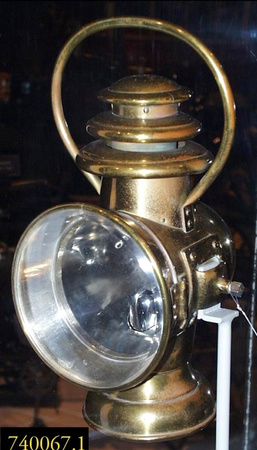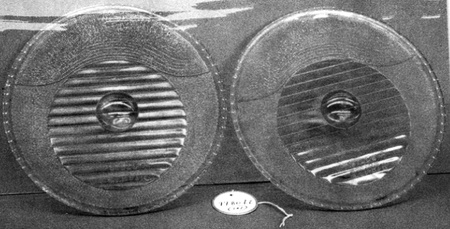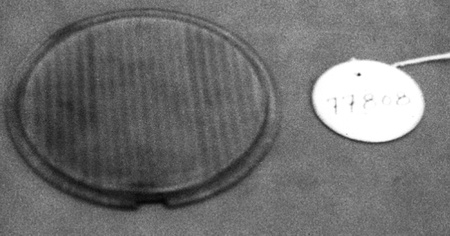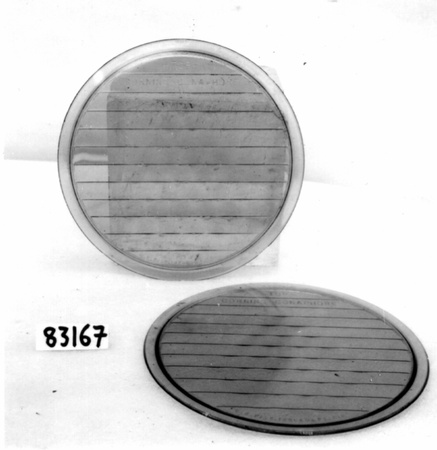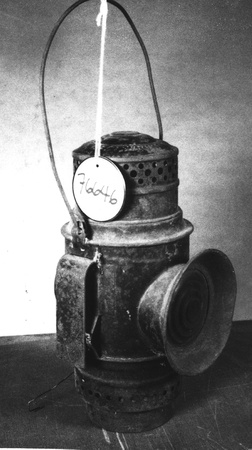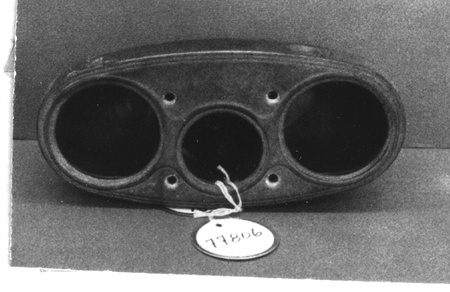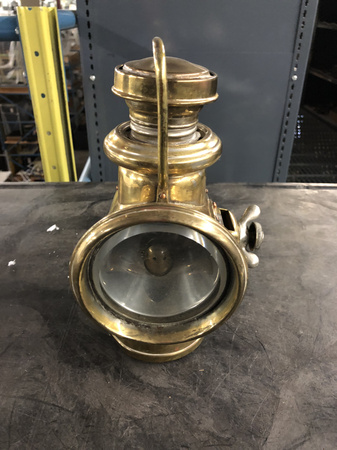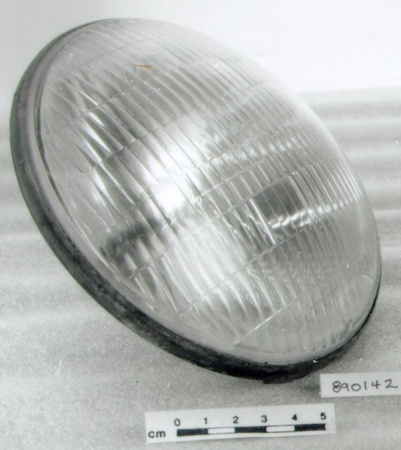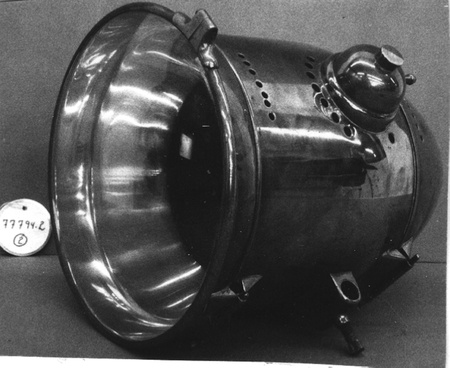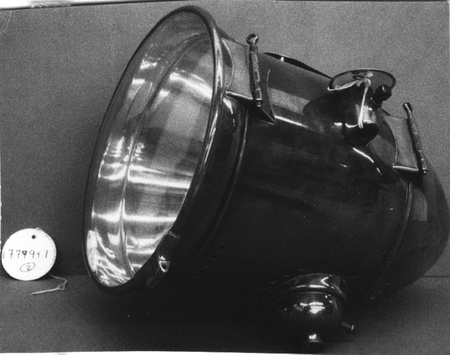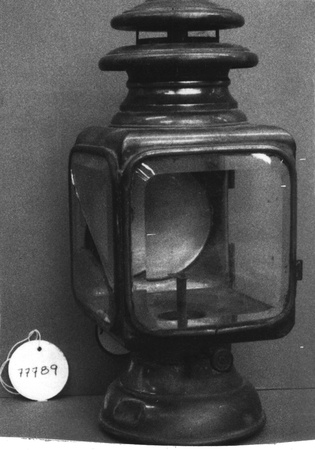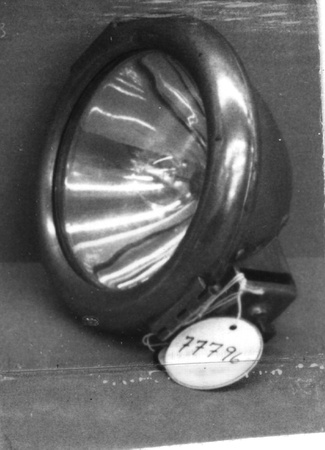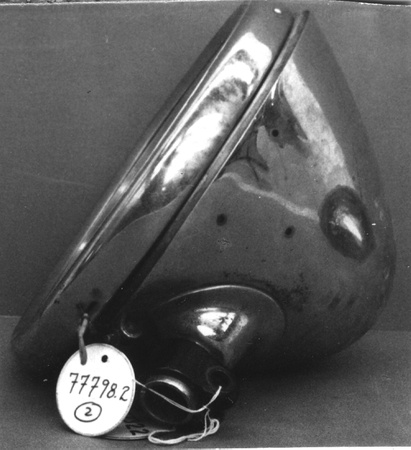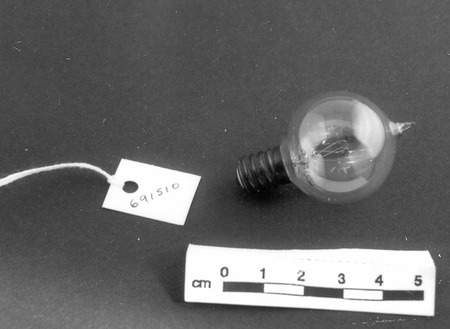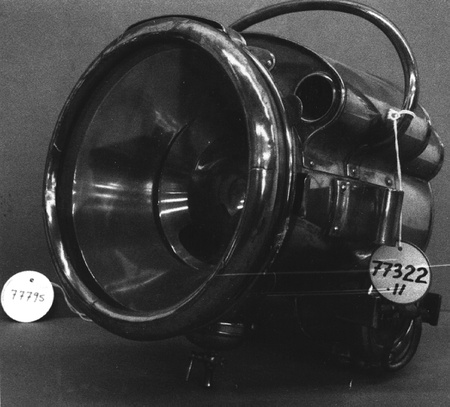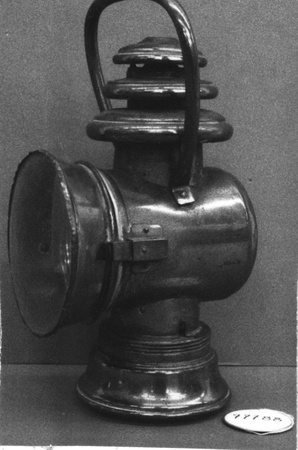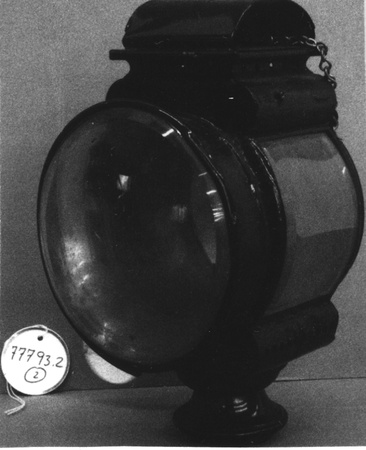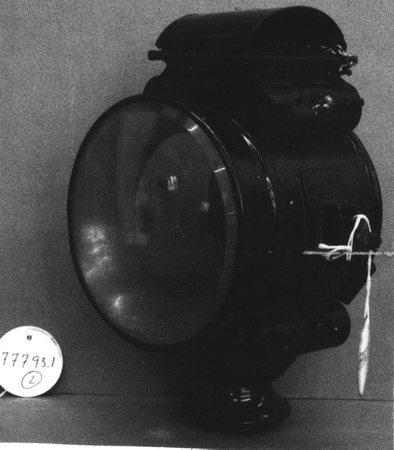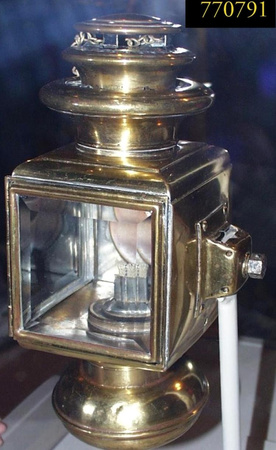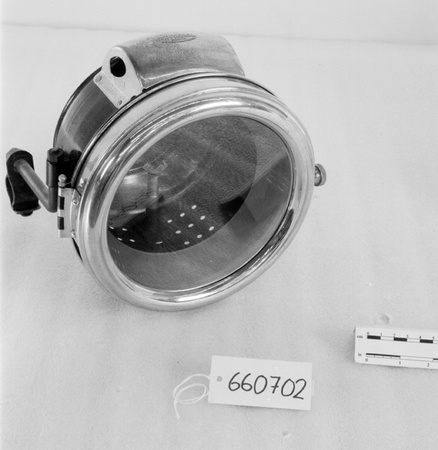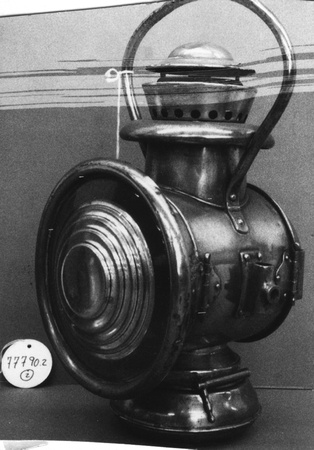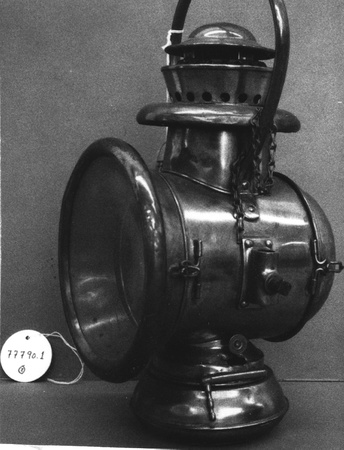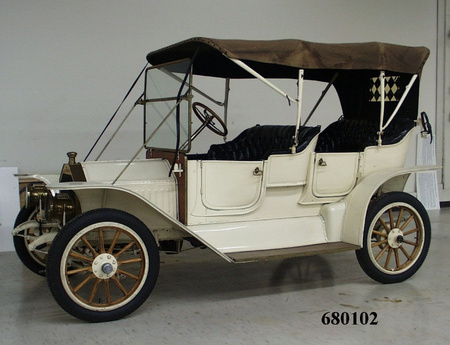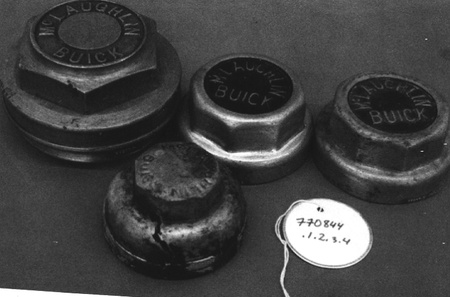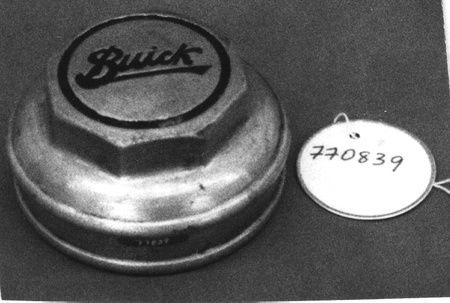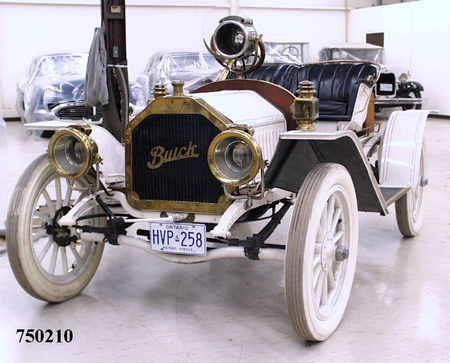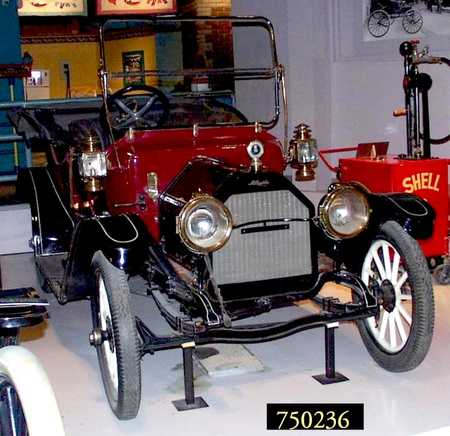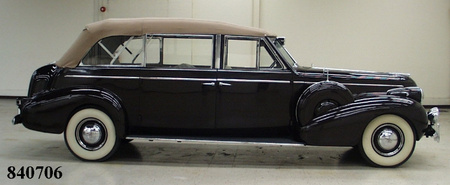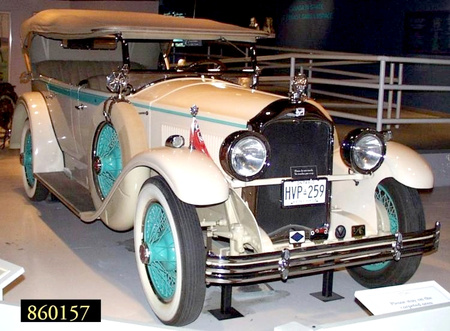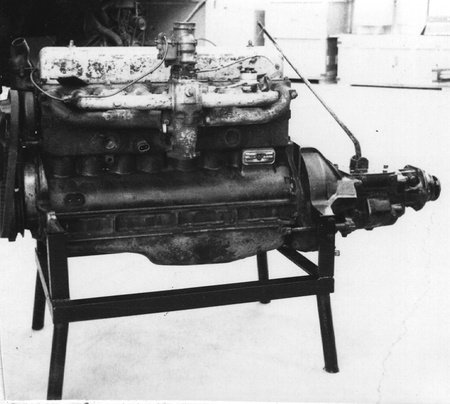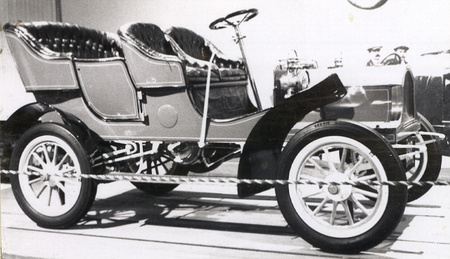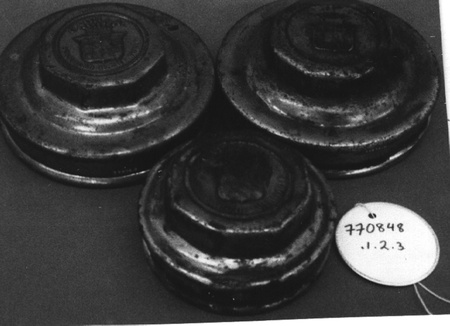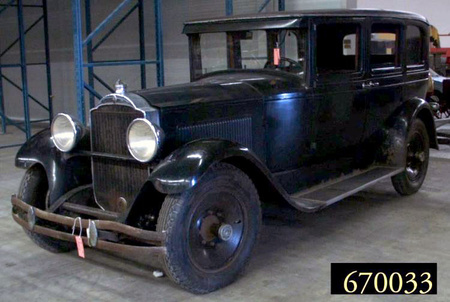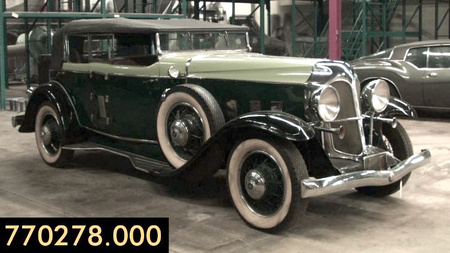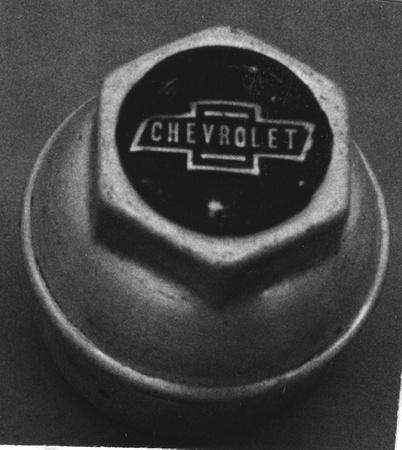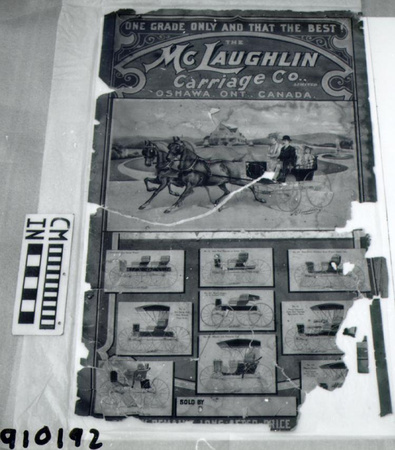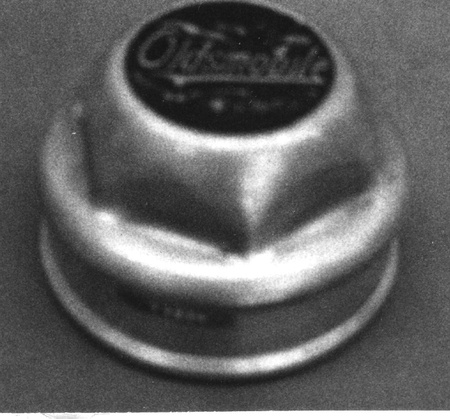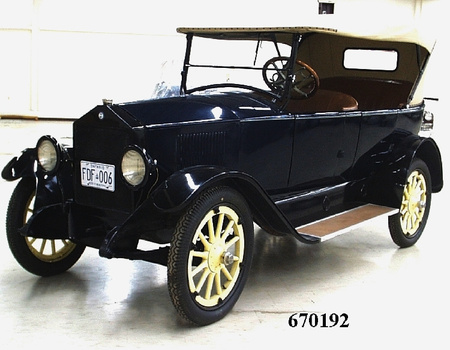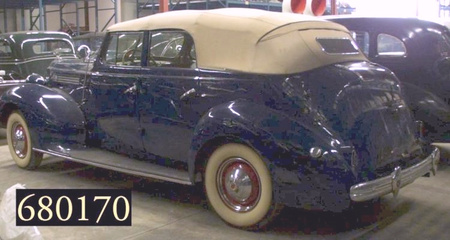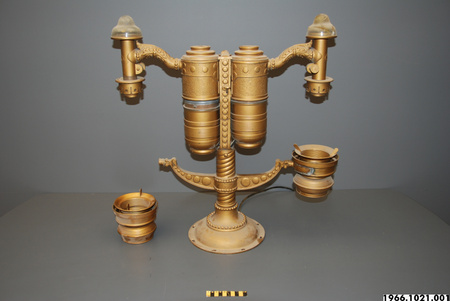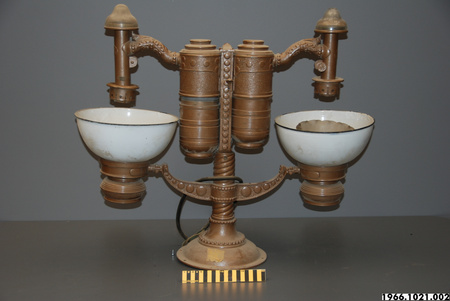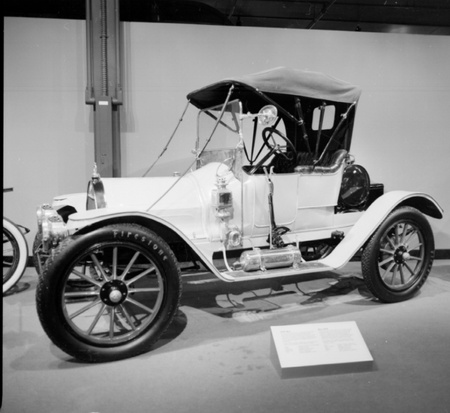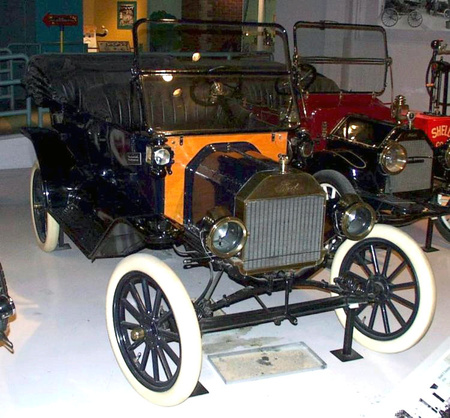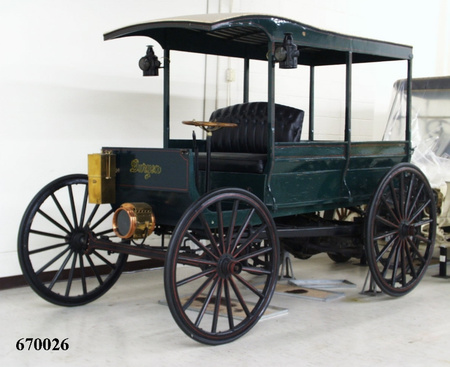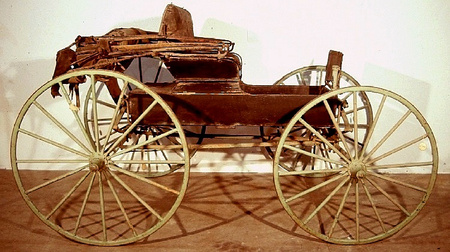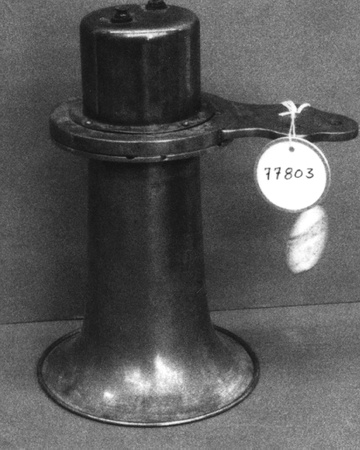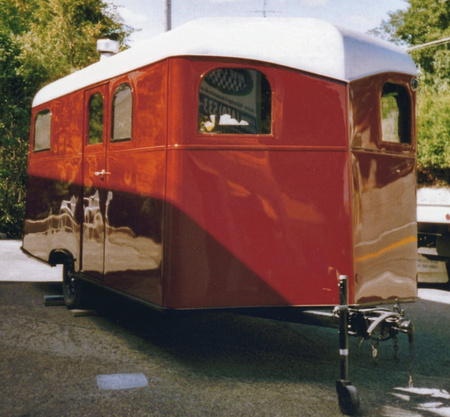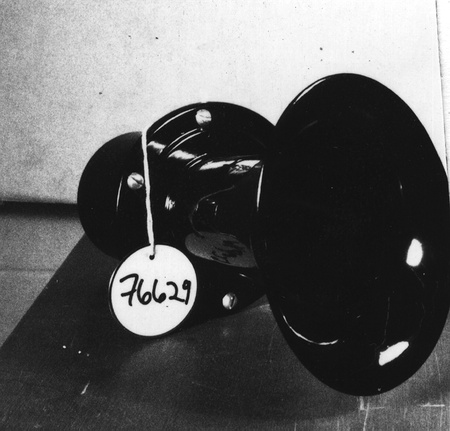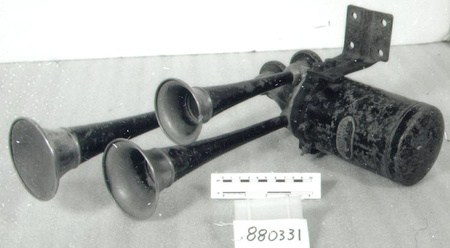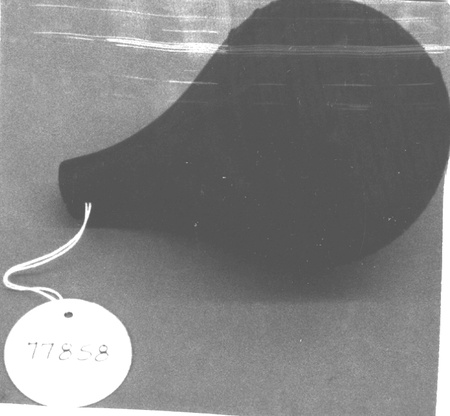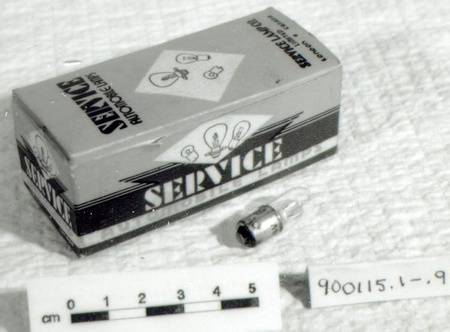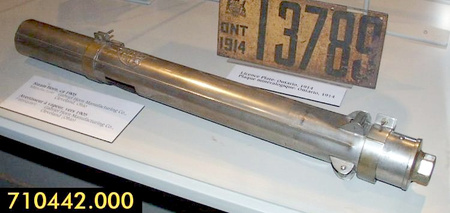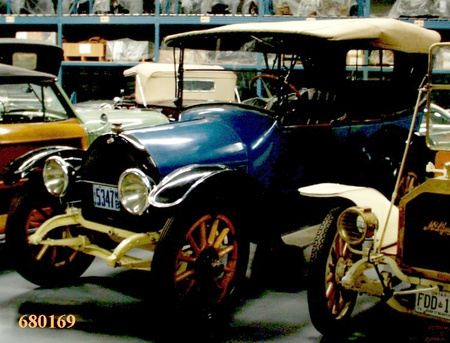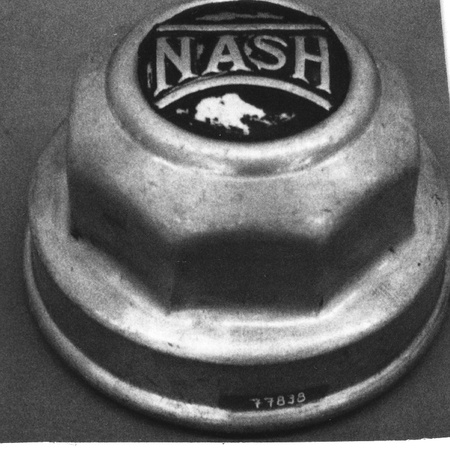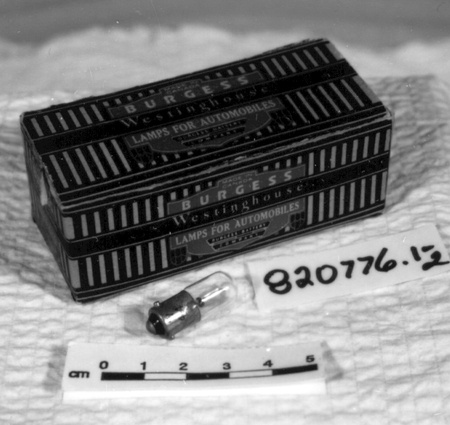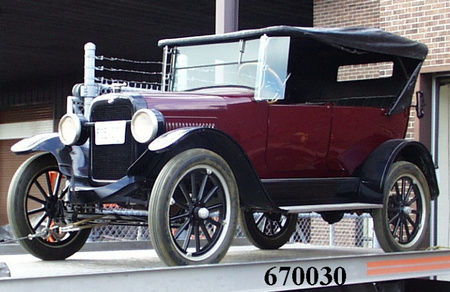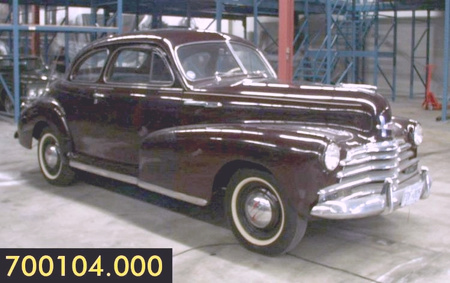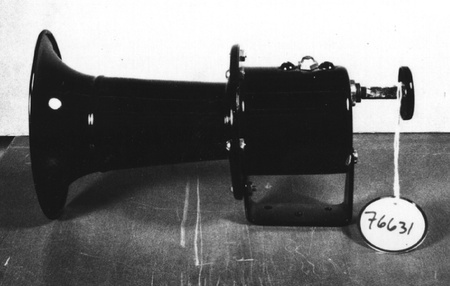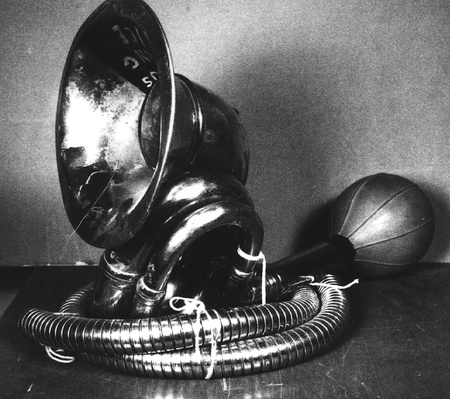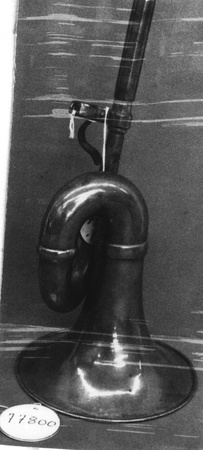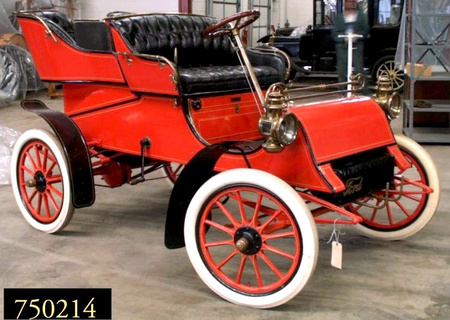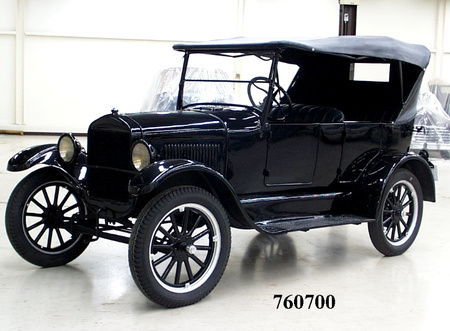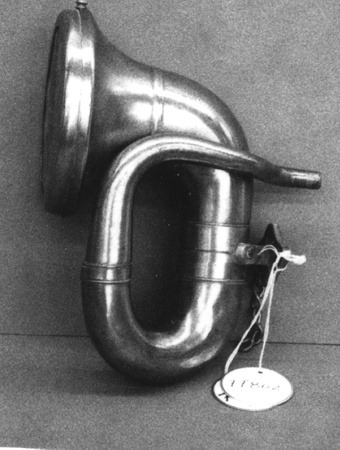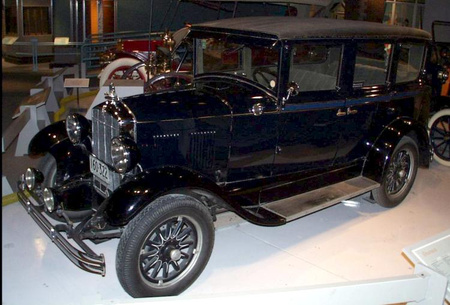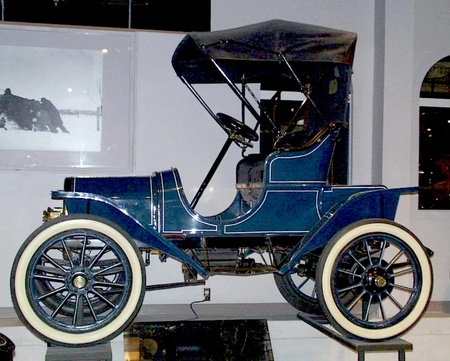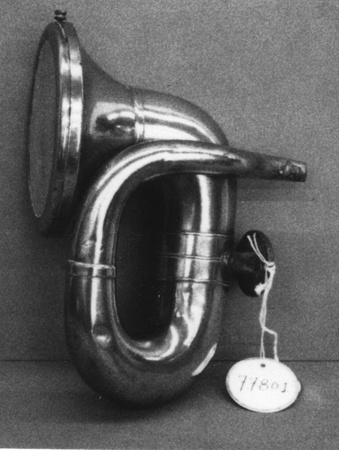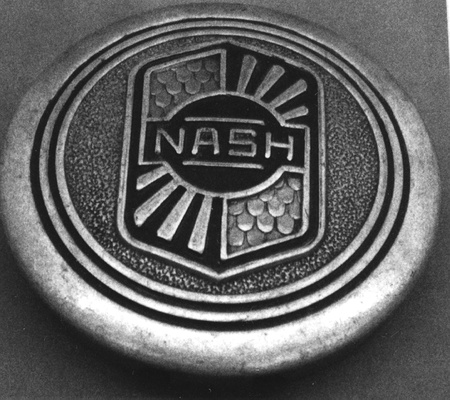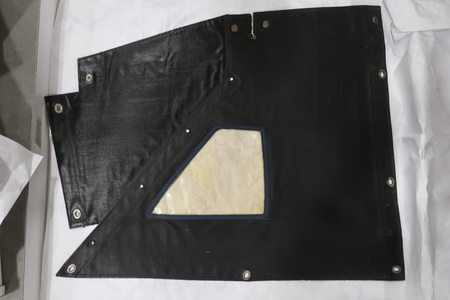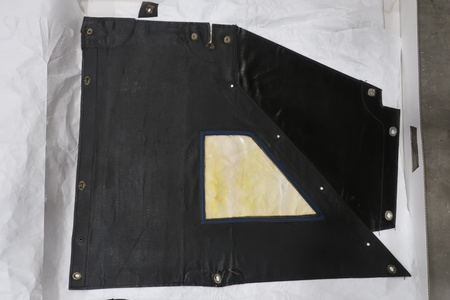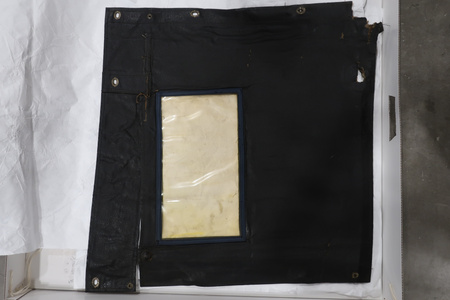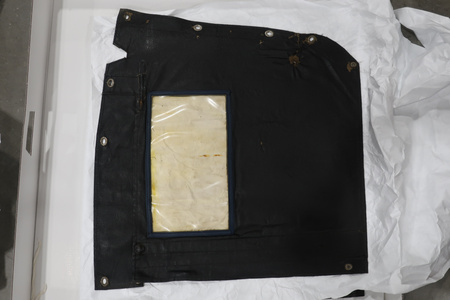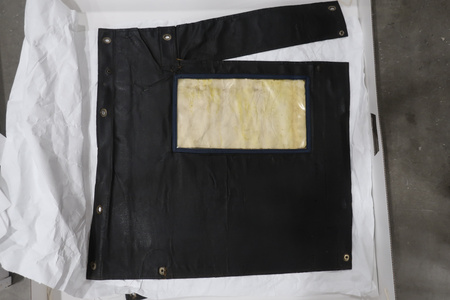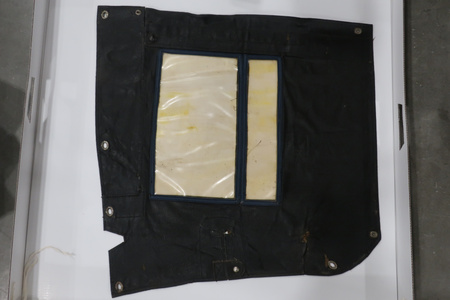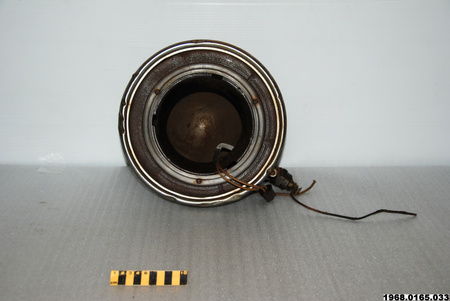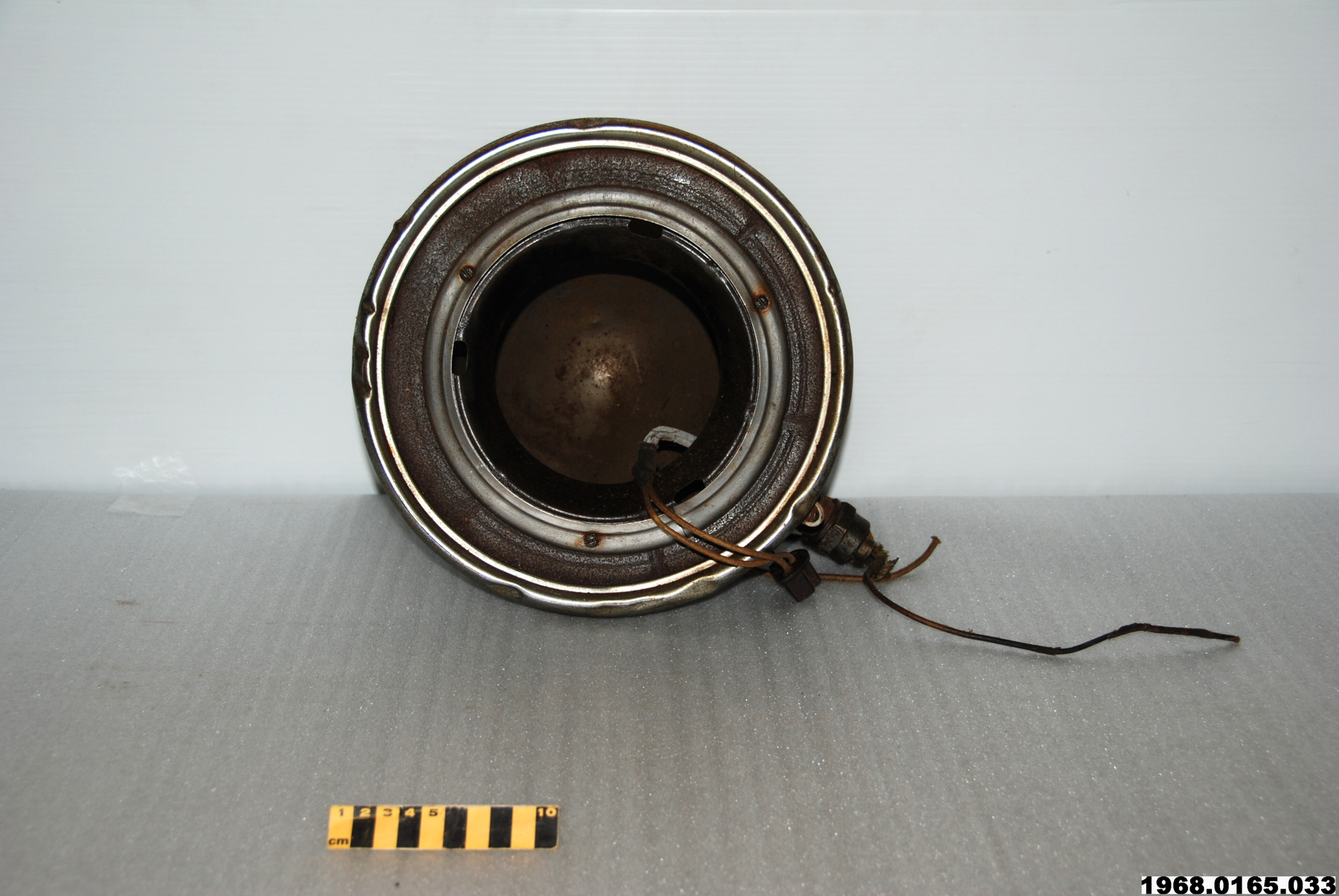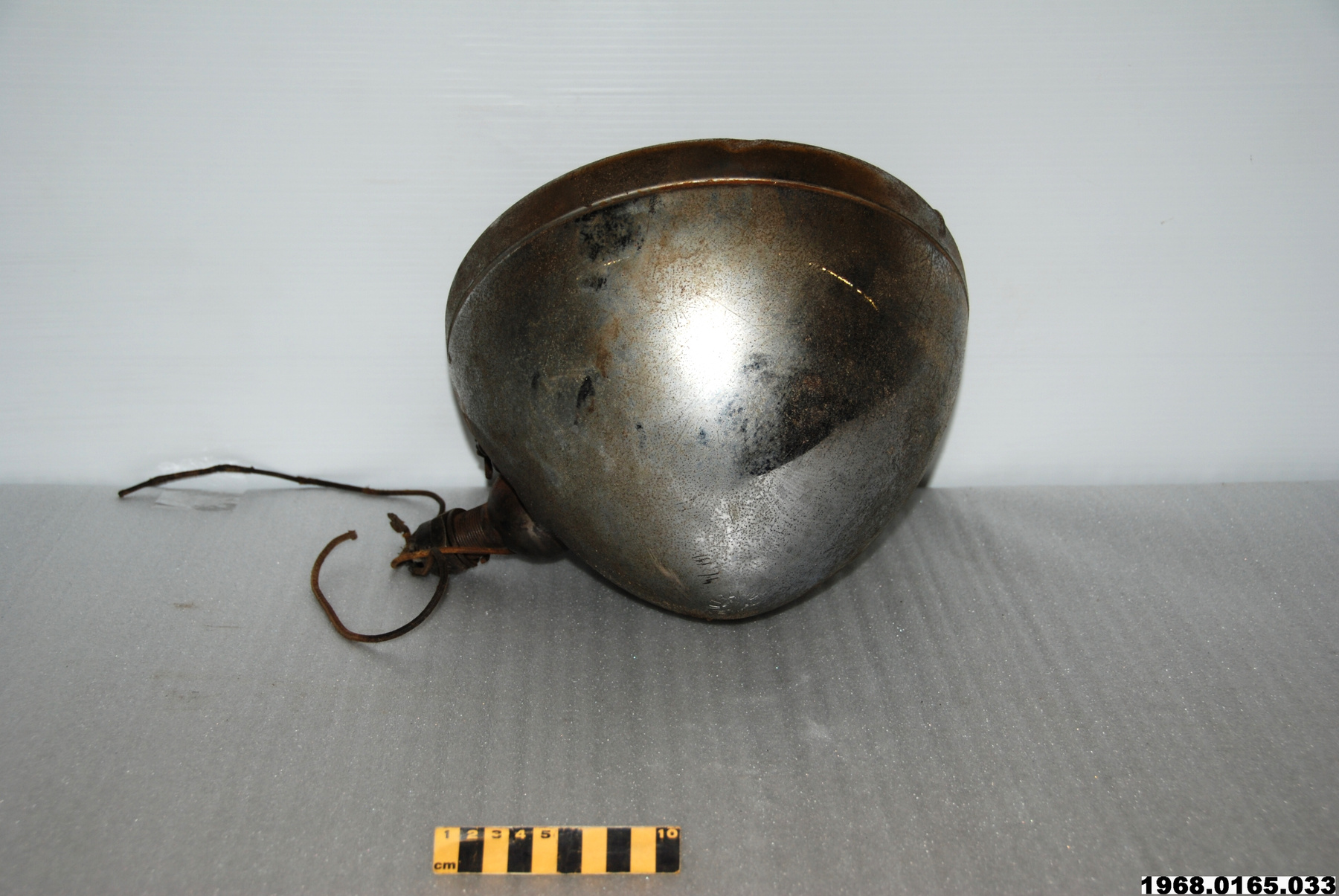Phare
Utiliser cette image
Puis-je réutiliser cette image sans autorisation? Oui
Les images sur le portail de la collection d’Ingenium ont la licence Creative Commons suivante :
Copyright Ingenium / CC BY-NC-ND (Attribution-NonCommercial 4.0 International (CC BY-NC 4.0)
ATTRIBUER CETTE IMAGE
Ingenium,
1968.0165.033
Permalien:
Ingenium diffuse cette image sous le cadre de licence Creative Commons et encourage son téléchargement et sa réutilisation à des fins non commerciales. Veuillez mentionner Ingenium et citer le numéro de l’artefact.
TÉLÉCHARGER L’IMAGEACHETER CETTE IMAGE
Cette image peut être utilisée gratuitement pour des fins non commerciales.
Pour un usage commercial, veuillez consulter nos frais de reproduction et communiquer avec nous pour acheter l’image.
- TYPE D’OBJET
- Automotive
- DATE
- Inconnu
- NUMÉRO DE L’ARTEFACT
- 1968.0165.033
- FABRICANT
- Inconnu
- MODÈLE
- Inconnu
- EMPLACEMENT
- Inconnu
Plus d’information
Renseignements généraux
- Nº de série
- S/O
- Nº de partie
- 33
- Nombre total de parties
- 42
- Ou
- S/O
- Brevets
- S/O
- Description générale
- Metal
Dimensions
Remarque : Cette information reflète la taille générale pour l’entreposage et ne représente pas nécessairement les véritables dimensions de l’objet.
- Longueur
- S/O
- Largeur
- S/O
- Hauteur
- S/O
- Épaisseur
- S/O
- Poids
- S/O
- Diamètre
- S/O
- Volume
- S/O
Lexique
- Groupe
- Transports terrestres motorisés
- Catégorie
- Pièces d'automobile
- Sous-catégorie
- S/O
Fabricant
- Ou
- Inconnu
- Pays
- Inconnu
- État/province
- Inconnu
- Ville
- Inconnu
Contexte
- Pays
- Inconnu
- État/province
- Inconnu
- Période
- Inconnu
- Canada
-
The name Buick is important in Canada as McLaughlin, an important horse-drawn vehicles manufacturer, first ventured into car manufacturing with an agreement with Buick to buy their motors and build the rest of the Buick cars in Canada. In 1918, this company became General Motors of Canada. - Fonction
-
A device used to provide light on the front of an automobile, both to make it visible to others and to allow those in the automobile to see in front of them in low visibility or bad weather. - Technique
-
Original part from 1931 Buick Cabriolet 96C; pre-restoration. The new series 90 was introduced in 1931 and featured the first Buick straight-eight engine, developed by Buick to rival other companies that already offered straight eight engines. It was used in the advertising campaign to arouse consumers interest. Unfortunately, as the price was raised and the effects of the depression were still present, the car was not a huge success. There were no major changes in design except an 8 being written on the radiator cap. Syncro-mesh transmission was also introduced in Buick series 90 cars that year. General Motors (GM) was established in 1892 and is the world's largest full-line vehicle manufacturer. The company produces a variety of brands, which include Buick, Chevrolet, GMC, Pontiac, Saturn, Cadillac, Hummer, and Saab. By 1920, GM had acquired the McLaughlin Motor Company of Canada, which would later become General Motors of Canada Limited. During both world wars, GM was able to convert from civilian production to wartime production. In World War I, GM manufactured supplies between 1917-1919. Buick contributed by building tanks, trucks, ambulances, Liberty airplane motors, and auto parts. During World War II, GM once again supplied defense materials between 1940-1945, producing everything from the smallest ball bearing to large fighting planes, naval ships, tanks, guns, bombers, projectiles, and cannons. In total, the company constructed 1,300 airplanes and ¼ of all U.S. aircraft engines. Today (2011), GM is still one of the leading manufacturer in automobiles. Before the advent of the automobile, horse drawn carriages were the primary mode of transportation. Candles and oil lamps were attached to the carriages in order to signal their presence. The automobile first appeared in the late 1880s but at first they were not equipped with lights; as a result, night time driving was not possible. The first lighting devices used on automobiles were oil (kerosene) lanterns, which served as a signal to other drivers of carriages and vehicles, as well as pedestrians. However, the oil lanterns did not illuminate the road, which was often in poor condition. In 1906, acetylene gas powered headlamps were introduced in the United States and were increasingly used by motorists; this type of lamp was manufactured until 1912 (Moore: 1-2). The light bulb was invented over a period of time by many inventors, however its invention is credited to Joseph Swan and Thomas Edison, who did similar work around 1878 and 1879 (Grabianowski, "10 Inventions that Changed the World"). The first electric automotive headlamp was created in 1908 and was offered as an optional accessory to the vehicle. Electric headlamps were installed as standard equipment c.1913. The light bulb was constructed using a vacuum sealed carbon filament that was not filled with gas. The only type of beam pattern available until 1924 was a single beam pattern called a spot beam. The invention of the light bulb provided motorists with the flexibility of driving during the day or night (Moore: 2-3, 7). Many automobile lamps have survived today because they were detachable (Gardiner and Morris: 13). - Notes sur la région
-
Inconnu
Détails
- Marques
- S/O
- Manque
- S/O
- Fini
- Inconnu
- Décoration
- S/O
FAIRE RÉFÉRENCE À CET OBJET
Si vous souhaitez publier de l’information sur cet objet de collection, veuillez indiquer ce qui suit :
Fabricant inconnu, Phare, Date inconnue, Numéro de l'artefact 1968.0165, Ingenium - Musées des sciences et de l'innovation du Canada, http://collection.ingenium.ca/fr/id/1968.0165.033/
RÉTROACTION
Envoyer une question ou un commentaire sur cet artefact.
Plus comme ceci
